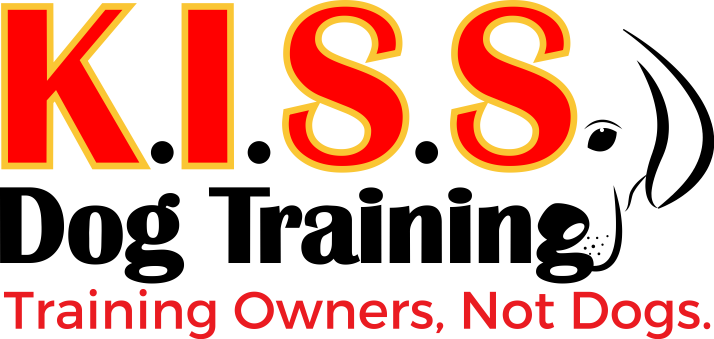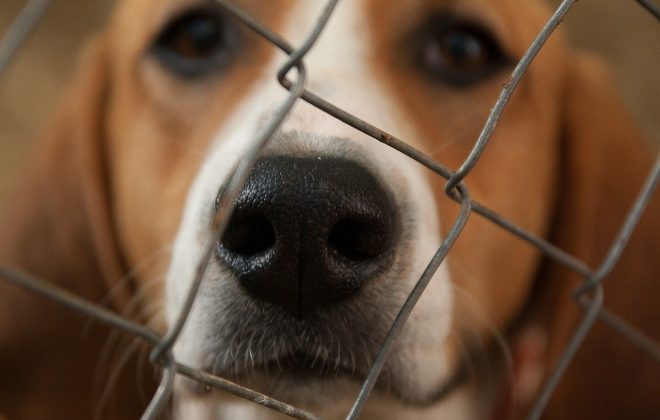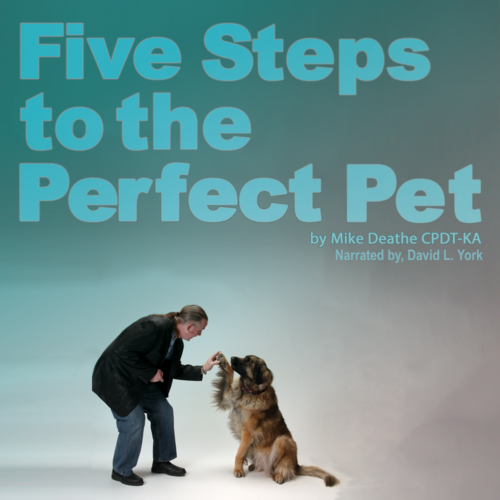Leave it VS. Wait
General
OK so I found this pic in my “Funny Pics” File and it reminded me of my issues with the difference between the commands WAIT and LEAVE IT… Many trainers use the commands interchangeably, but I think there is a huge difference… So Along with this really cute pic, is a repost of my thoughts on the subject!
Enjoy…. Mike
Ironic that the pic uses the word STAY which is a totally different ball game 🙂
So is there really a difference between “Leave It” and “Wait”? You better believe there is! I think both commands (cues) should be taught. The difference is that with “Wait”, the dog will eventually get the object in question, where “Leave It” means the dog will never ever, ever, ever (am I being clear?) ever get the object in question. Why the difference…because dogs always try to jump the cue. Think about it. If you taught your dog “Sit”, then “Down”, how many times has your dog gone from a “Sit” (the command you ask for) to a down without permission? The dog figures why wait, I will just go ahead and lay down since that is what you are going to ask for next! Fido figures that skipping ahead just shows how smart he is. So, if you teach “Leave It” as a command where the dog eventually gets the treat, what happens when the “Leave It” object is dropped medication, or a half eaten sock? If the dog tries to jump the cue here the results could be disastrous. The solution is to teach “Wait” for those items they will eventually get (food, toys, going through a door or going up or down stairs) and “Leave It” for those things they are not allowed to get, this list could include almost anything (small children, cats or the porter house steak you dropped, etc).
So how do you do this? In the beginning, we will be using a clicker. This is simply a noise maker that uses a click noise to tell the dog what they did right. We are going to start with the clicker in our right hand and 7-10 treats in the left hand. You are also going to need one more treat to play the part of the “Leave It” object. Start in a kneeling position to place the “Leave It” object on the ground in front of your dog. Each time your dog attempts to take the Leave It object, I want you to cover it with the hand holding the clicker (right hand), and say the words “Leave It”. I want you to be clear and direct with the dog, but not overly loud or aggressive when giving the command. I guess the easiest way to describe the voice I want you to use is “the voice” your mother has! She never really raised her voice but boy oh boy did you know what she meant. If you go much past this with your dog you will only scare them, and that will not result in learning! As you are saying “Leave It”, keep a close eye on your dog. The moment they look away from the “Leave It” object, click and reward them one treat from your left hand. Make sure to move your left hand as far away from the “Leave It” object as possible. We not only want the dog to leave the treat alone, but also learn to move away from the object as well! So moving the hand you are treating with as far away from the hand blocking the “Leave It” object is critical. Within minutes you should start to see your dog getting it! At this point, begin shaping the behavior of your dog from looking away from the “Leave It” object to looking at you.
The goal is to have a dog, who when they hear “Leave It”, will ignore the object and look to their owner for direction. As you progress, you can go from a kneeling position to standing up. Instead of placing the “Leave It” object on the ground, drop the treat in front of the dog and if necessary block the treat from the dog with your foot instead of your hand. Again, wait for the dog to look away when you say “Leave It” before you click and reward. Then shape the behavior of your dog to looking at you before you click. Once you have it down, move on from treats to toys, thrown balls, cats, chewing on the chair, etc. The more practice you can get with ever more distracting items, the stronger a “Leave It” command you will get. Ironically this exercise does not need a huge amount of time, but it does require a ton of consistency. If you practice 15 minutes a day 5-6 days a week, you will be amazed at where you can be in a month. Another trick is to incorporate practice time each day within your every day schedule. The more you can make the practice real life, the faster your dog will learn.
3038 Total Views 1 Views Today
Related Posts
Search Blogs
Most Popular Posts
Best Selling Books
K.I.S.S. Dog Training proudly serves the Kansas City Metro, Overland Park and Surrounding Areas. 40 miles, 20 miles each way from Shawnee, KS is included for In-Home Sessions... Over that mileage is an additional charge of $1.00 per mile... Call with Questions
Contact Us Today!
K.I.S.S. Dog Training
Shawnee, Kansas
(913) 269-7595






